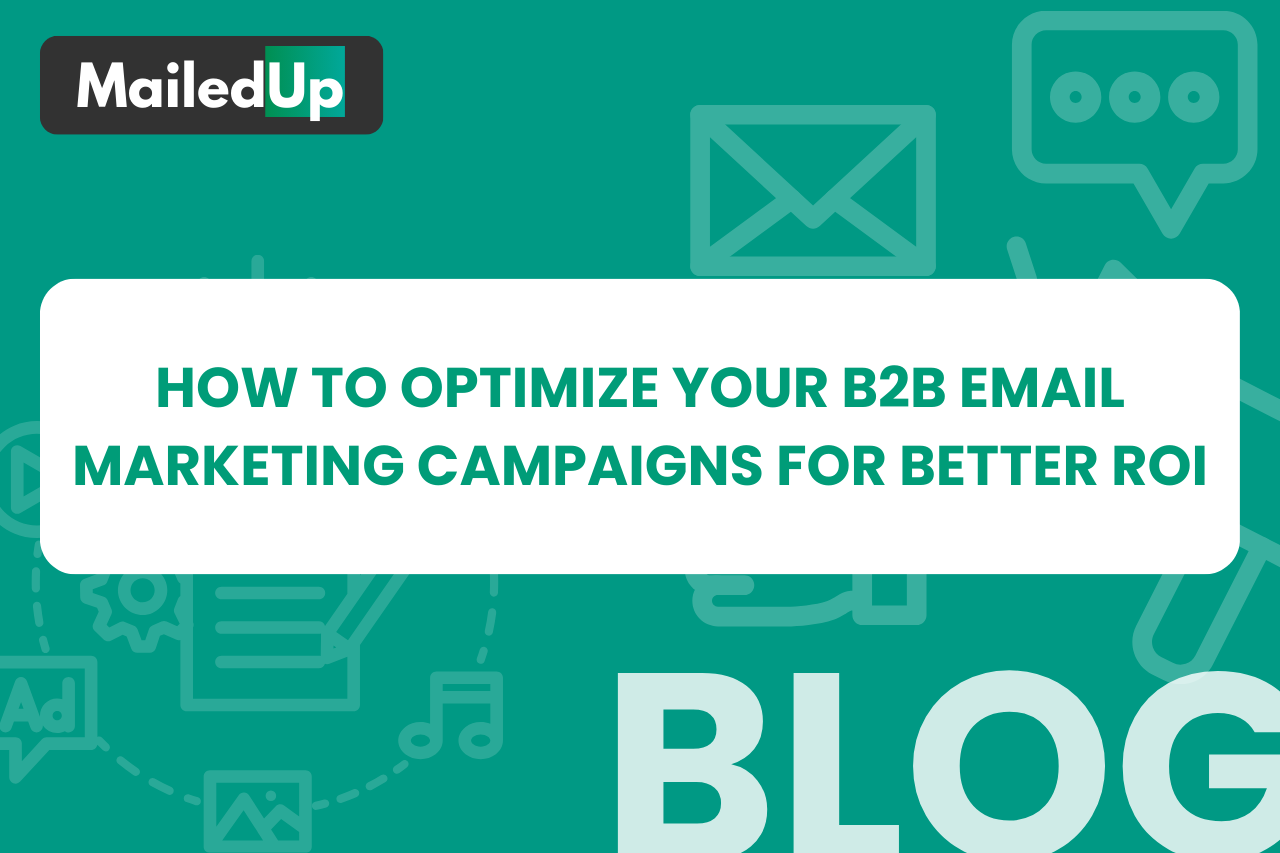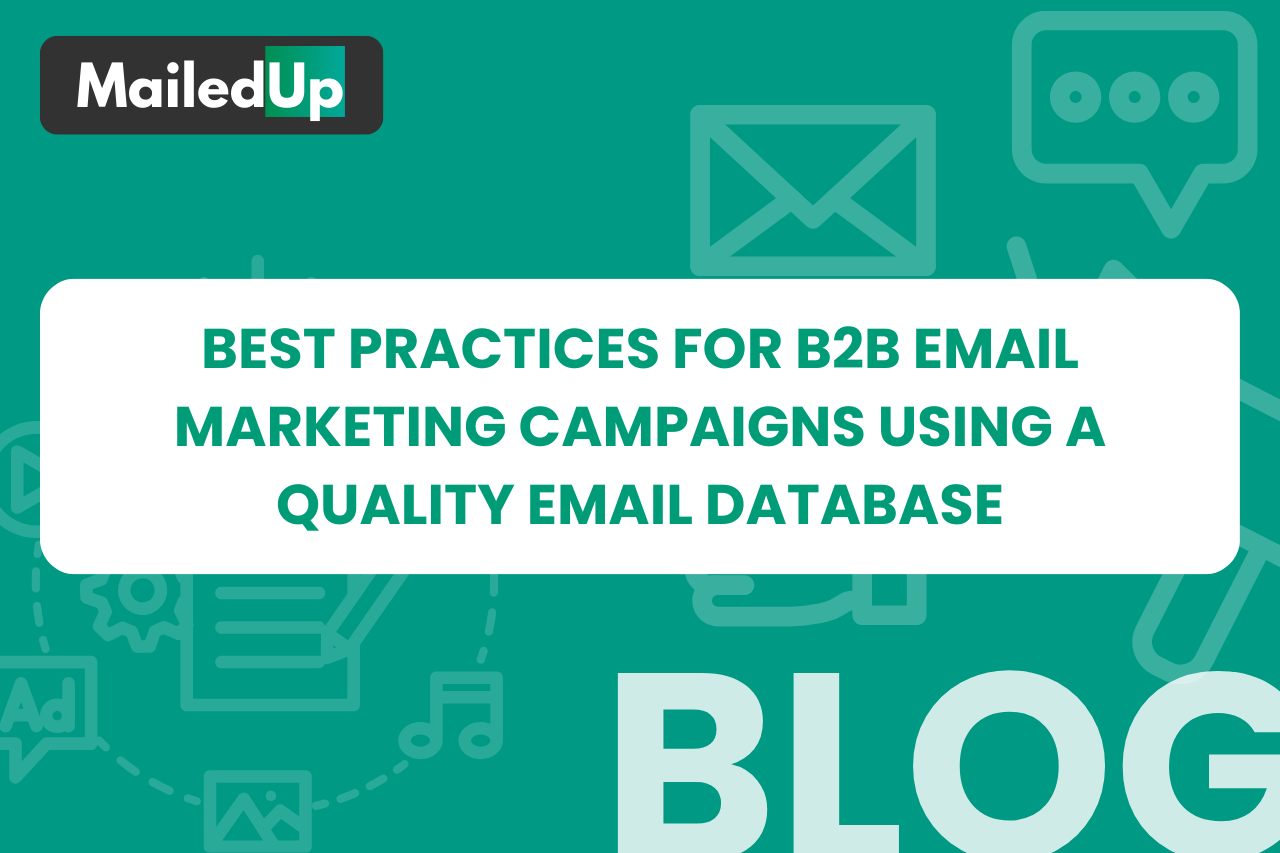A high-quality B2B email database is the cornerstone of any successful email marketing campaign. Without a clean, well-maintained database, your marketing efforts will struggle to reach the right people, leading to lower engagement and wasted resources. Building and maintaining a quality database requires time, strategy, and the right tools. In this article, we’ll discuss the steps for building a GDPR-compliant B2B email database, how to keep it up-to-date, and the benefits of using an email database management software to streamline your efforts.
Why a High-Quality B2B Email Database is Crucial for Success
A high-quality email database provides several benefits to your email marketing campaigns:
- Targeted Outreach: By having access to accurate data, you can segment your audience based on relevant criteria, ensuring your messages are highly targeted.
- Improved Engagement: Clean and relevant email lists result in higher open rates, click-through rates (CTR), and conversions. Your audience is more likely to engage with your content when it’s tailored to their needs.
- Cost Efficiency: By reducing bounce rates and avoiding sending emails to incorrect or inactive addresses, you’ll save money on email services and improve deliverability.
- Compliance: A properly maintained database ensures you're compliant with privacy laws like GDPR, protecting your business from costly fines and legal issues.
Step 1: Understand the Importance of Data Collection
The first step in building a high-quality B2B email database is understanding where and how to collect data. The quality of your database depends on the methods you use to gather email addresses. Opt for channels that guarantee a higher level of accuracy and consent, such as:
- Website Sign-Ups: Include clear opt-in forms on your website. Make sure visitors know exactly what they’re signing up for (e.g., newsletters, product updates, or event invitations).
- Webinars and Events: Host online webinars or virtual events. These platforms are ideal for gathering B2B email addresses from people interested in your industry and services.
- Lead Magnets: Offer valuable resources (e.g., eBooks, whitepapers, or case studies) in exchange for contact details. Ensure the terms of consent are clear so you stay GDPR-compliant.
- Partnerships and Collaborations: Work with industry influencers or partners who can share your email sign-up forms with their audience, expanding your database.
Step 2: Ensure GDPR Compliance in Data Collection
For businesses operating in or targeting the European Union (EU), GDPR compliance is a legal necessity. Even if you don’t deal directly with EU-based customers, it’s important to comply when working with personal data from EU citizens.
Here are the key GDPR principles that affect your database-building process:
- Explicit Consent: Never add anyone to your email list without their explicit consent. Users must voluntarily opt-in, which can be achieved via checkbox forms or email confirmation.
- Transparency: Always explain why you’re collecting their data and how you plan to use it. Include a link to your privacy policy in sign-up forms and email footers.
- Opt-Out or Unsubscribe Options: Each email you send must contain an easy way for recipients to unsubscribe or withdraw their consent.
- Data Minimization: Collect only the information you need (e.g., name, company, email address). Avoid gathering excessive personal details unless necessary for your marketing efforts.
- Regular Data Maintenance: Regularly clean your list by removing inactive, incorrect, or unsubscribed contacts to ensure data accuracy and GDPR compliance.
Step 3: Segmenting Your Database for Targeted Campaigns
Once you’ve built your email database, it’s time to segment it. Segmentation enables you to send more personalized, relevant emails that resonate with different groups of recipients. Common segmentation strategies include:
- Industry/Vertical: Different industries have different needs. Segment your database by industry to tailor content, products, and services for each audience.
- Company Size: Large corporations have different pain points compared to smaller businesses. Segment by company size (e.g., SMBs, mid-market, enterprise) to send targeted messages.
- Job Role/Title: Knowing your contact’s job role can help you send emails that speak directly to their responsibilities. For example, a marketing manager might appreciate insights about email automation, while a CEO might be more interested in ROI.
- Lead Source: Segment your leads based on how they were acquired (e.g., website sign-up, webinar registration, or trade show lead). This way, you can send follow-up content that aligns with their initial interest.
Step 4: Data Validation and Hygiene
Data hygiene is critical in maintaining a high-quality B2B email database. Over time, emails can become outdated, and people may switch jobs or leave companies. Here are some best practices to maintain a clean, accurate email list:
- Email Validation: Regularly check for invalid or misspelled email addresses. This ensures you're not wasting resources sending emails to non-existent addresses.
- Remove Inactive Leads: Regularly clean your list by removing contacts who haven’t interacted with your emails in a certain period (e.g., 6-12 months).
- Monitor Bounce Rates: High bounce rates are a sign that your email list contains incorrect addresses. Track and clean your list based on email bounce reports.
- Use a Data Verification Tool: Many email marketing platforms provide data verification tools to automatically clean and validate your email lists. These tools help remove duplicates and flag invalid email addresses before you send your campaigns.
Step 5: Keep Your Email Database Organized
An organized database is essential for both efficiency and effectiveness. A good email database management system helps you stay organized by keeping all your contacts in one place, segmented, and updated. Here are some tips for managing your email database:
- Use a CRM (Customer Relationship Management) System: A CRM system helps store and organize leads, track interactions, and create detailed customer profiles. Popular tools like Salesforce, HubSpot, and Zoho are excellent for managing B2B contacts.
- Tagging and Categorization: Implement tags and categories to group contacts based on specific attributes such as job function, region, or engagement level. This makes it easier to find and reach out to the right audience.
- Automated Updates: Many CRM systems can automatically update contact details (like job changes or company moves) by pulling in public information from social media profiles or job boards.
Step 6: Using Software for Effective Database Management
The right email marketing software can help you build, manage, and maintain your B2B email database while ensuring compliance with data privacy laws. Here are some features to look for when choosing an email marketing software solution:
- GDPR-Compliant: Ensure the software you choose adheres to GDPR regulations and offers features like double opt-in and unsubscribe management.
- Data Segmentation Tools: Look for a platform that allows you to segment your database efficiently based on various criteria.
- Automation and Personalization: Email marketing software should enable you to automate campaigns and personalize messages based on contact data. This saves time and improves engagement rates.
- Analytics and Reporting: Use analytics to measure how your database segments perform, which can help optimize future campaigns.
Prev Article
How to Optimize Your B2B Email Marketing Campaigns for Better ROI
Next Article
The Global B2B Market: Key Statistics, Revenue Insights, and Email Marketing Usage in the B2B Sector





